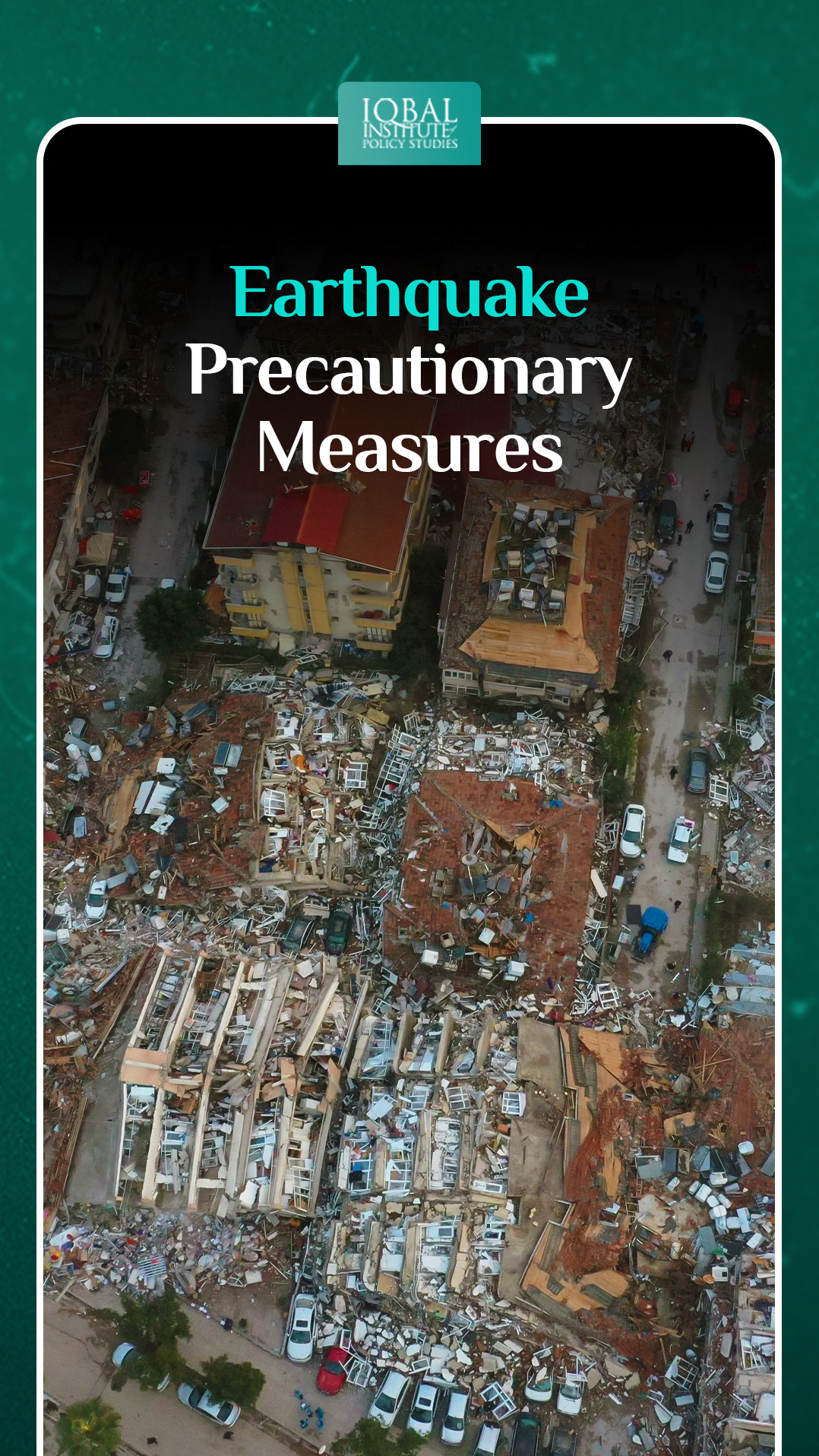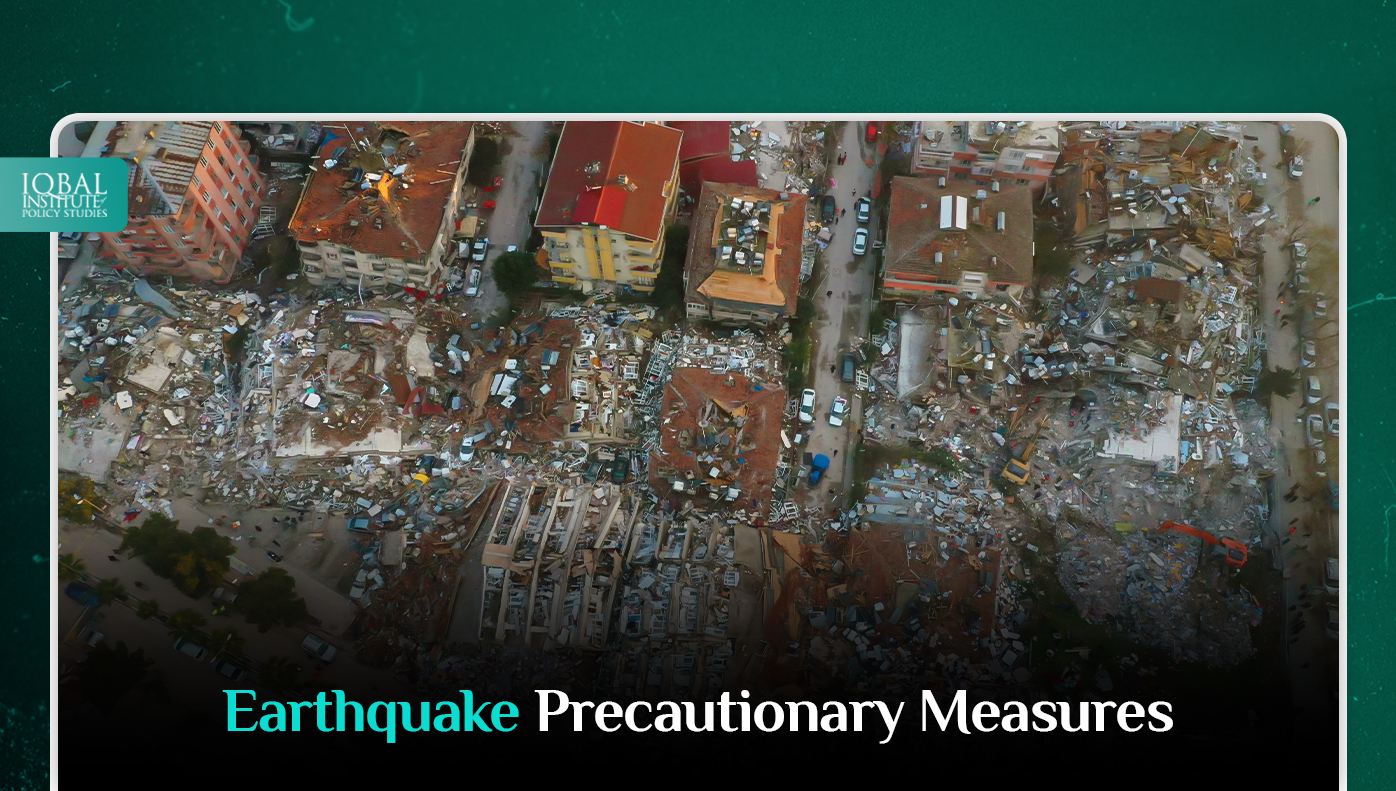Earthquake is one of the most pressing forms of geological event. They can impose economic damage, enormous loss of life, devastate communities and, in some cases, entire countries. In developing nations, the immediate spending required for response and reconstruction is exacerbated by a weakening economy, damaged infrastructure, destroyed businesses, reduced tax revenues, and increased poverty. The magnitude of these disasters makes dealing with and recovering from them impossible as nations and governments face the monumental task of restoring and rebuilding destroyed assets economically and socially. Moreover, survivors and affected communities are left reeling from losing lives and livelihoods. Globally, countries’ vulnerability to the dangers of such events is likely to grow in the future. However, implementing rational and scientific earthquake preparedness measures can significantly lower the socio-economic damages brought on by earthquakes. Therefore, countries prone to such disasters must take precautionary measures by developing an emergency response plan and conducting nationwide training.
How can Pakistan Prepare itself for Future Earthquakes?
A massive earthquake of 7.8 magnitudes killed over 2,600 people in Turkiye and northwest Syria, flattening apartment buildings and wreaking havoc on Syrian cities devastated by years of war (DAWN, 2023). It is predicted that an earthquake will likely hit the South Asian region shortly, which includes Pakistan, India, and other countries. Pakistan faces some of the highest disaster risk levels in the world, ranked 18 out of 191 countries by the 2020 Inform Risk Index (ADB, 2021). So far, 35 earthquake events have occurred in Pakistan from 1900 to 2020, causing 144,116 deaths, affecting 7,435,786 people, and resulting in an economic loss of $5,376,755 (ADB, 2021). Since the 2005 earthquake, natural disasters have cost the country $18 billion (DAWN, 2019). This indicates that natural disaster vulnerability in Pakistan is a reality that needs to be managed appropriately. Therefore, the citizens and the government must take the following safety measures to lessen the devastation caused by future earthquakes.
Preventive Measures for Citizens
Make an Emergency Plan Beforehand
Make a family emergency communication plan with an out-of-state contact that involves an emergency meeting place in case someone becomes separated. Practice the earthquake drill of “Drop, Cover, and Hold On” with family and coworkers regularly. Moreover, prepare a survival kit beforehand with essential supplies such as food, water, a flashlight, a fire extinguisher, and a whistle that could last for days. It reduces unnecessary excursions and addresses minor medical issues at home, relieving the burden on urgent care centres and hospitals. Furthermore, protect your home by addressing and fixing structural issues that could cause it to collapse during an earthquake. Properly secure heavy items like refrigerators, televisions and objects that hang on walls and store heavy and fragile objects on low shelves.
Protect Yourself Without Delay
If an earthquake occurs, take the following precautions immediately:
If you are driving, pull over and come to a complete stop. Apply the parking brake.
Turn your face down and cover your head and neck with a pillow if you are home.
Stay away from buildings when outside.
If you are inside, avoid running outside, and stay away from doorways.
Follow the “Drop, Cover, and Hold On” method right away, which is described as follows;
Drop down on your hands and knees and grab something solid. If you use a wheelchair or walker with a seat, lock the wheels and stay seated until the shaking stops.
Cover your neck and head with your arms. Crawl underneath a sturdy table or desk for cover, or move next to an interior wall if there is no shelter nearby (away from windows). Crawl only if there is no other way to get to better cover without going through more debris. To protect your vital organs, keep a crouching position.
Hold on to a table or desk with one hand, and be prepared to move with it if it moves. If you are seated and unable to get down to the floor, bend forward, cover your head with your arms, and protect your neck with both hands.
What to do after an Earthquake?
After an earthquake, serious hazards such as building damage, leaking gas and water lines, or downed power lines may occur. Aftershocks are common after an earthquake’s main shock, hence take the following precautions;
If you feel an aftershock, drop, cover, and hold on.
If you find yourself in a damaged building, go outside and leave the area right away. Do not go inside damaged structures.
If you are trapped, send a text or bang on a wall or pipe. Use a whistle rather than shouting, and shield your mouth with your shirt.
If you are hurt, check yourself and get medical attention if required.
If you have the training, assist others.
Once you are safe, check local news reports for instructions and emergency information using battery-operated radio, TV, social media, or text messages. Inform others that you are okay.
Wear safety gear like long sleeves, long pants, work gloves, mask and thick-soled shoes when cleaning up. Avoid attempting to clear away bulky debris on your own. When working with another person, keep a minimum distance of six feet. People with lung conditions or immune suppression should avoid a building with visible or odorous indoor water leaks or mould growth.
Children should not assist in the cleanup after a disaster.
Preventive Measures for the Government
Data Collection
Extensive data is critical throughout the natural disaster timeline to raise awareness and identify effective resilience measures, early warning systems, efficient disaster response, and robust rebuilding. The government should collect quality data for risk identification and assessment beforehand by using open-access catastrophe modelling architecture, risk models, and other risk pooling mechanisms. The collected data should be well-maintained, have open public access and be updated regularly. It will help assess disaster risks and characterise the uncertainties better.
Raising Awareness
With comprehensive and reliable data, the public understands the importance of planning and risk-reduction measures. The government, the private sector, and the media must raise awareness of earthquake risks and their national, regional, and community mitigation principles. For this purpose, school and community awareness programs are vital that foster the preparation, education, and adaption of safety measures in case of earthquakes and similar calamities. Multiple media channels should be used, with resonating messaging regarding earthquake risks and mitigation practices, to counteract avoidance and denial of psychological tendencies and drive behavioural change.
Planning, Prevention, and Caution
Planning and prevention require collaboration and involvement of all stakeholders, including the government, the private sector, and the public. The following steps must be taken to mitigate large-scale destructions caused by earthquakes.
Risk Management Authorities are the main contact points and key decision-makers in times of crisis. Therefore, they must have up-to-date risk and asset data and should be able to coordinate pre-disaster mitigation measures, such as building resilience with financial preparedness.
Large-scale peril defence programmes should be carried out in areas of high value or national importance using risk maps, which should then be revised once the defences are completed. Risk maps assist communities in understanding hazards and risks and encourage the community to take action to prevent or mitigate the effects of a potential disaster. If risk levels or understanding of risk change in the future, the defences should be easily augmented.
The government should implement resilience measures regularly inspected and certified as fit in all socio-economic sectors. For example, avoiding construction in hazardous areas or making buildings temporary or disaster-resistant.
Immediate actions taken by the government before and during an event are critical for limiting the impact on lives and livelihoods. These actions should include efficient early warning systems, fast-evacuation warnings, evacuation plans and efficient response measures.
The government should have emergency loans and financial resilience mechanisms for quick social and economic recovery after an earthquake.
Response After the Earthquake
There is a risk of secondary disasters, such as aftershocks following an earthquake. The risk of secondary disasters may require relocating people. For this purpose,
Restoring law and order is critical to creating a climate where appropriate response measures can be implemented. If civil society and security deteriorate, it becomes difficult or impossible to distribute resources to those in need, unnecessarily prolonging suffering.
A preliminary overview of the damage provided by satellite images can help dispense necessary supplies to the areas most affected by the earthquake.
All stakeholders should utilise time and resources to analyse the methods adopted during earthquakes, such as evacuation processes, risk models, data, building performance under stress, etc. The data collected must then be used to improve disaster preparedness for the future.
Designing and constructing buildings with elastic shock absorbers during recovery will help resist future earthquakes. For example, Japanese pagodas.
Conclusion
The risks of earthquakes are most extreme and are not likely to go away. They have impacted human history and evolution ever since they were first noted. Therefore, countries must adopt realistic strategies that can predict earthquakes better and provide efficient humanitarian responses when required. It will help prevent damage to properties, people, and the economy in the long run.
References
ADB. (2021). Climate Risk Country Profile Pakistan. Asian Development Bank. Retrieved from https://www.adb.org/sites/default/files/publication/700916/climate-risk-country-profile-pakistan.pdf
DAWN. (2019, February 21). Karachi vulnerable to disasters as it lacks preparedness, says mayor. Retrieved from https://www.dawn.com/news/1465027
DAWN. (2023, February 6). Huge earthquake kills more than 2,600 in Turkiye and Syria, bad weather worsens plight. Retrieved from https://www.dawn.com/news/1735632



Leave a Reply